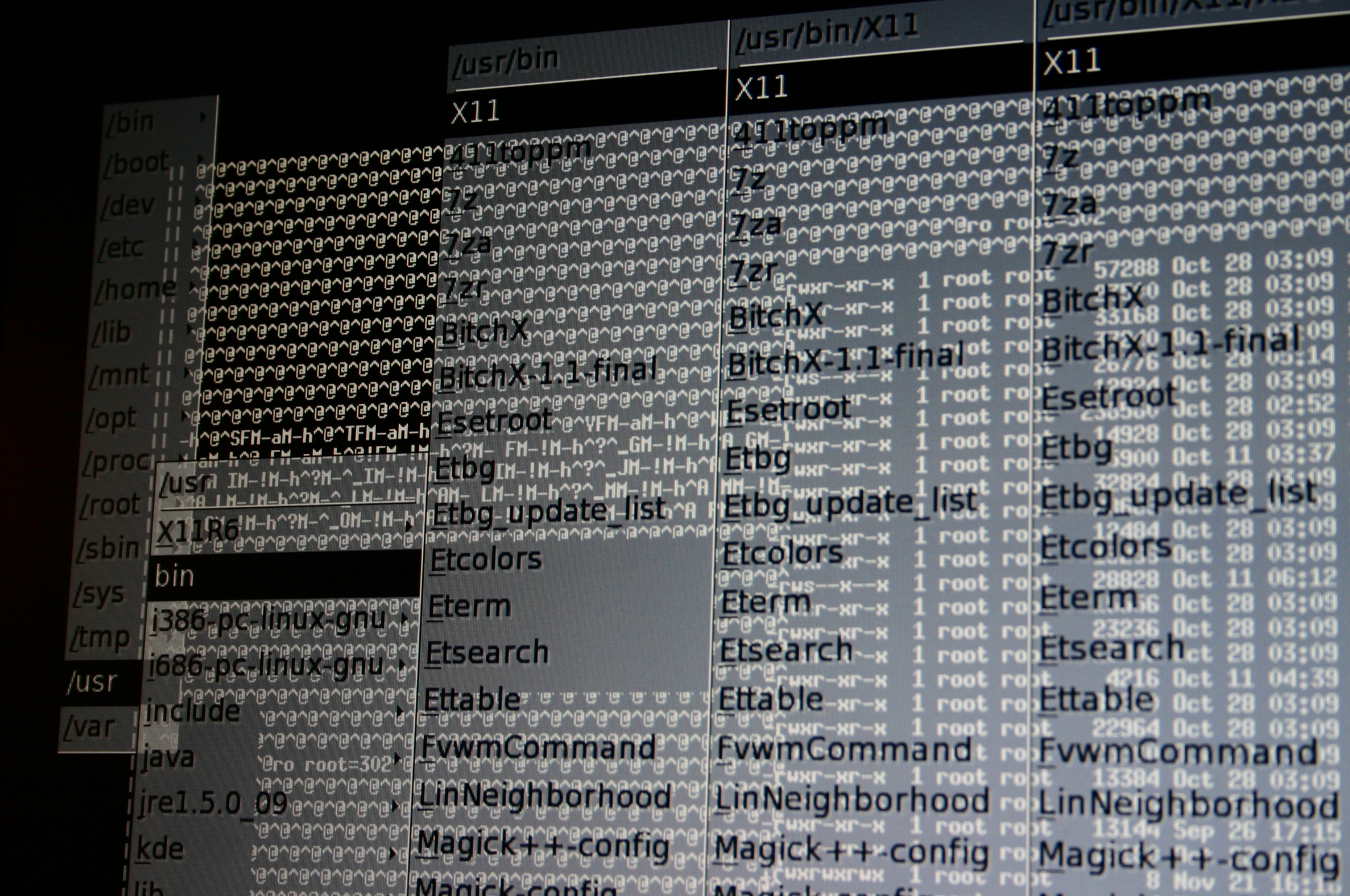

find Command Syntax The general syntax for the find command is as follows: find options path.

It can also be combined with other tools such as grep or sed. ls grep 'foo', on the other hand, works as expected ( prints files with 'foo' in their name ).
#Bash find file pipe to directory how to
Example output: dnif echo $?ĭnif dnif -alp nonesuch echo dnif -alp. 01:13 The Linux find Command The Linux find command is powerful and flexible. You can use the find command to search for files and directories based on their permissions, type, date, ownership, size, and more. How to pipe command output to other commands Ask Question Asked 12 years, 8 months ago Modified 1 year ago Viewed 303k times 120 Example: ls echo prints nothing ( a blank line, actually ). Which will search for a name you provide as a parameter in each directory upwards from the current to the root, and if found, list it with 'ls' and the optional ls -options that you provide. I have the following function defined in my ~/.bashrc: dnif ()


 0 kommentar(er)
0 kommentar(er)
